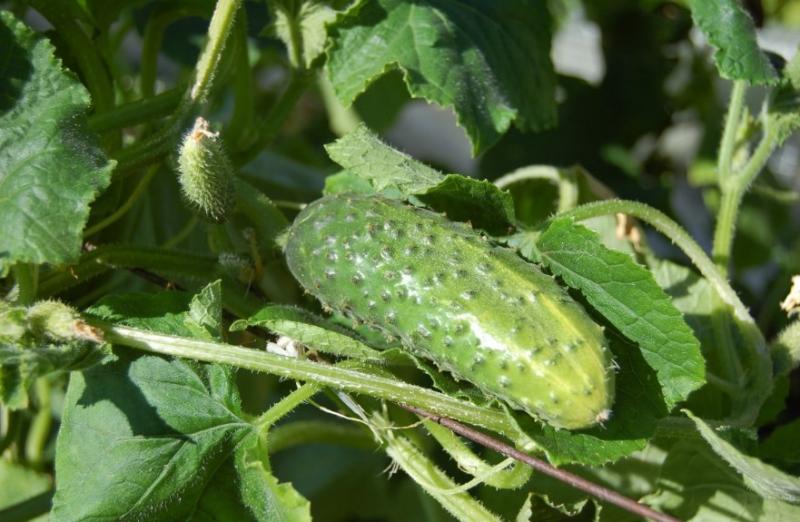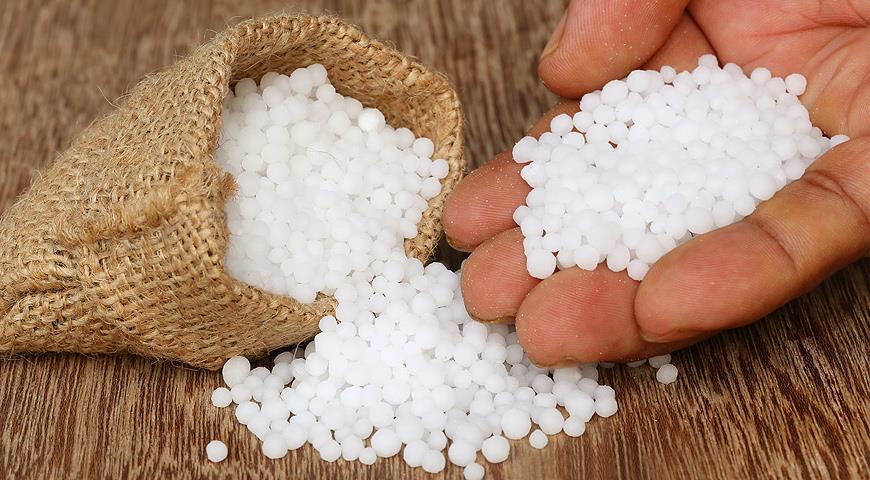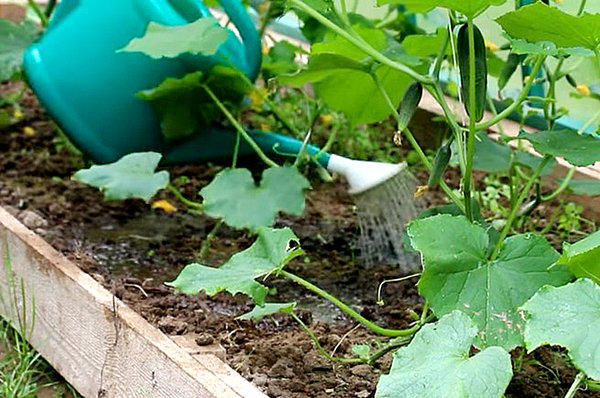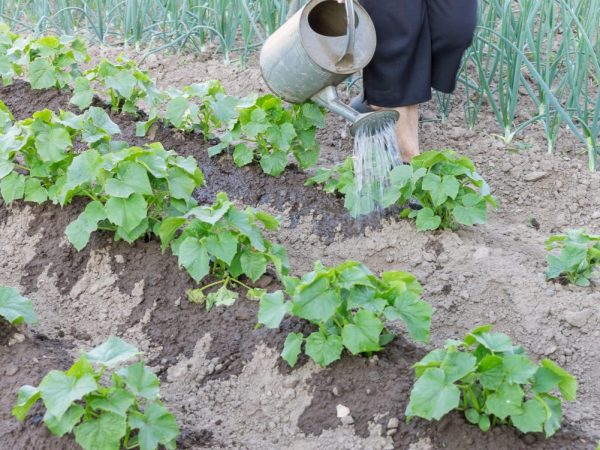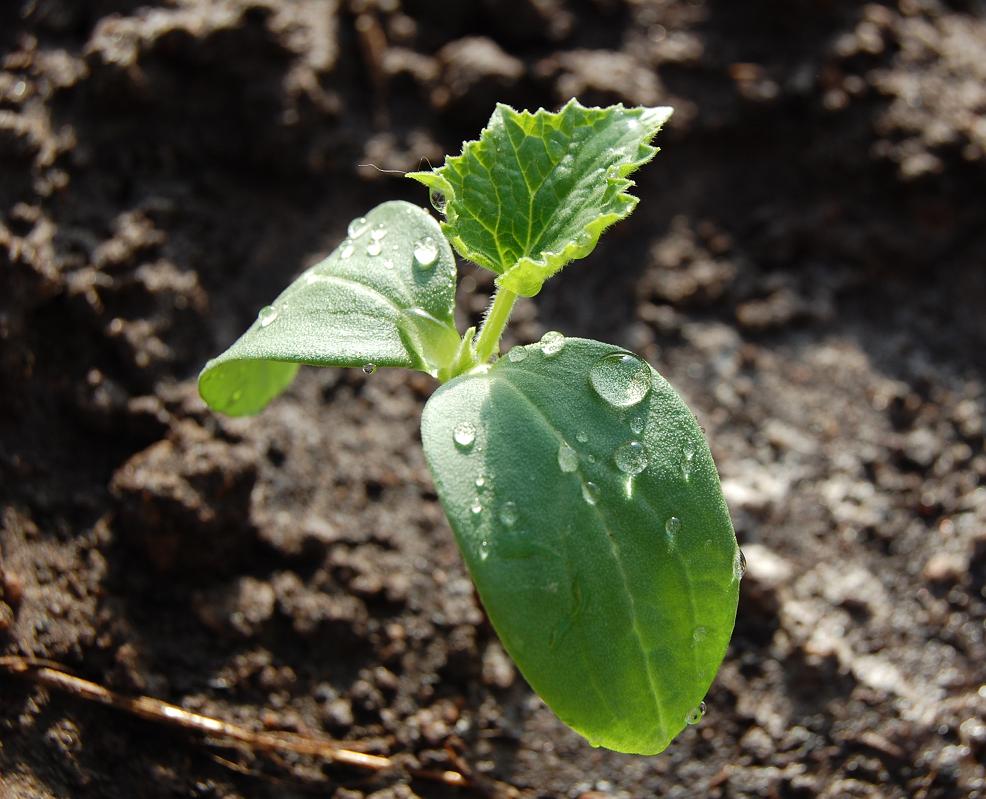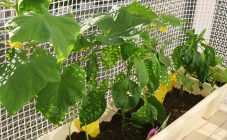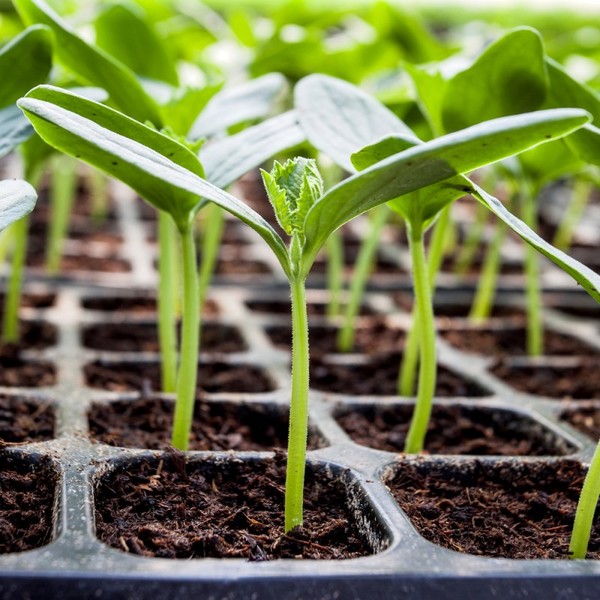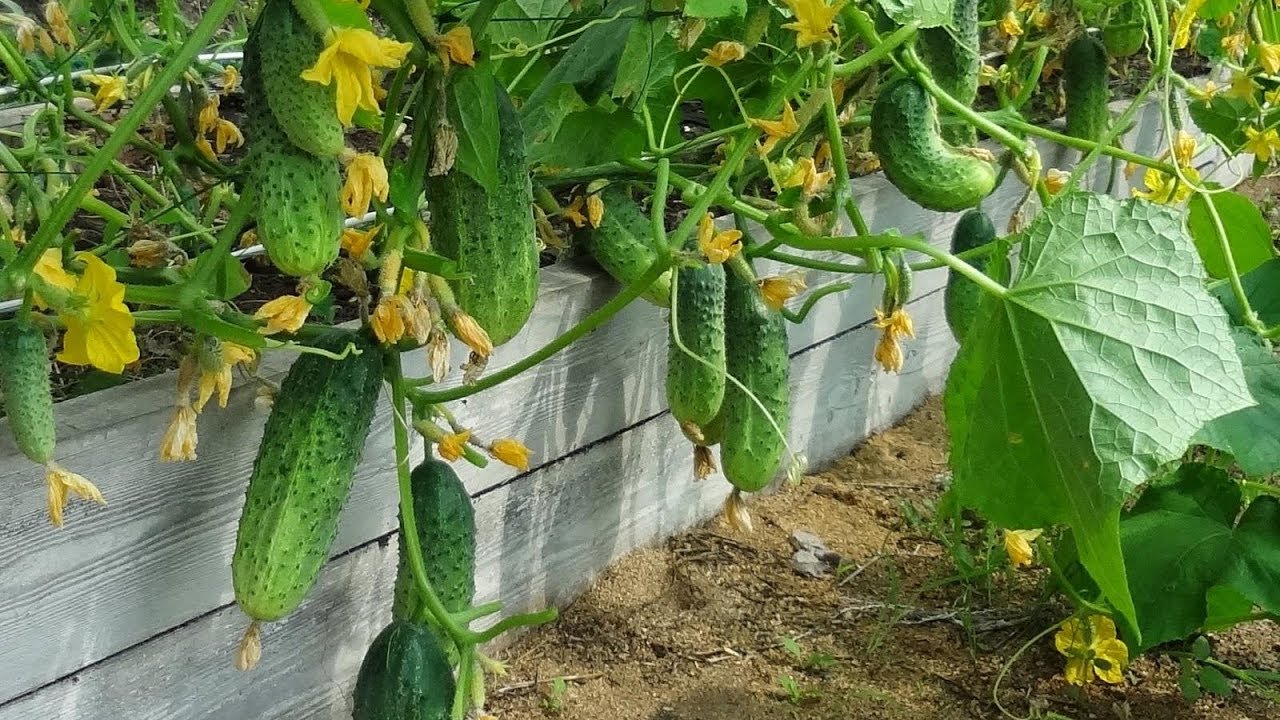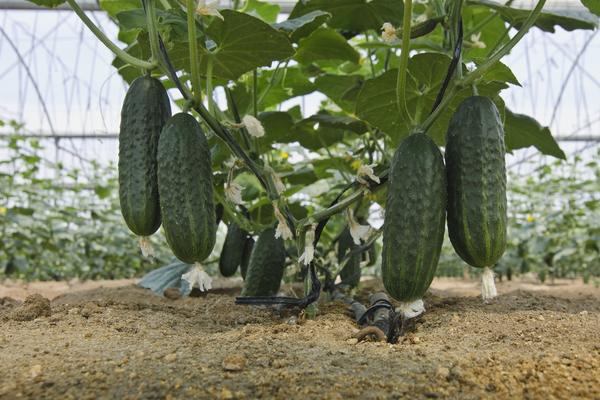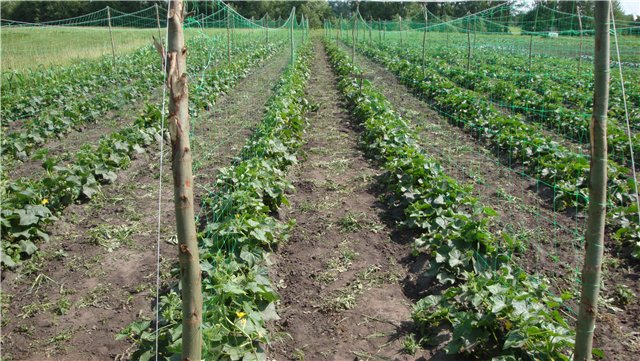Content:
Cucumbers prefer fertile soils and require balanced feeding. The growth and development of cucumber bushes without nitrogen fertilizers (urea) slows down, withers. One cannot count on getting a harvest in such a situation. How to feed cucumbers with urea (urea) is described in the article.
What is urea
Urea - Wood ash as a fertilizer for cucumbers. People have long learned how to fertilize the earth with this very first and ancient organic matter. Back in the 18th century, it was possible to isolate a useful substance from urine, which turned out to be a nitrogen substance that improves soil properties, increases plant productivity. And later it was synthesized from inorganic elements. This is how the science was born, whose name is organic chemistry.
Urea production is a branch of the chemical industry, technologies are being improved. Urea is a fertilizer, the use of which in the garden for cucumbers as a top dressing is simply necessary, because it consists of 47% nitrogen. It is used as the main food for vegetation, it is applied together with mineral and organic fertilizers during the growing season. All summer residents, gardeners deal with such substances, especially the cost of urea is affordable.
The use of carbamide fertilizer in the vegetable garden for cucumbers is possible in the form of granules or tablets. High quality, efficiency and price of the goods - all this together attracts attention and increases the demand among gardeners.
About the lack of nitrogen in cucumbers
Cucumbers can be successfully grown both outdoors and indoors. The lack of nitrogen nutrition is easy to detect by the appearance of the leafy part of the bush:
- plants slow down growth;
- cucumber seedlings wither, wither, development stops;
- leaves turn yellow, stems become discolored;
- during the active growing season, the leaves begin to fall off;
- weak deciduous mass entails inhibited formation of ovaries and, accordingly, fruits;
- yield during nitrogen starvation is low;
- pale green fruits are formed;
- lateral shoots stop growing.
Such signs signal the need to water the cucumber plantings with the most affordable, cheap, but effective and necessary nitrogenous fertilizer.
Cucumber urea has its own secrets:
- Soil bacteria decompose urea with the release of carbonic acid salts. Therefore, the fertilizer must be pushed deeper into the soil so that all ammonium carbonate does not completely erode.
- Nitrogen oxidizes the soil, so chalk is added in a ratio of 0.2 kg urea / 0.3 kg chalk.
The use of urea for feeding
It is important to know, how to feed cucumbers with urea and in what period of time to get a high yield of fruits and not harm the plants and soil. Feed cucumber plantings at the root need up to 5 times during the season.
When feeding, it will not be superfluous to take into account the recommendations:
- It is necessary to dig up the ground before planting 2 weeks before sowing cucumber seeds to a depth of 8 cm. Carbamide for cucumbers added to dosage - 1 sq. M. soil up to 10 g of fertilizer.
- When sowing cucumbers, they should not be allowed to come into contact with fertilizer, so as not to provoke a delay in the germination of seeds. To do this, first place 4 g of carbamide in the hole, lightly sprinkle it with earth, then lay the seeds.
The nutritional process, where urea plays an important role for cucumber seedlings, consists of a number of agrotechnical measures:
- After the appearance of the first leaves, it is more expedient to feed with a solution. To do this, dilute urea (30 g) in a bucket of water.
- With the seedling method of growing cucumbers, you need to feed 2 weeks after planting, at the end of the adaptation of the seedlings, when the plants began to grow, and flowering began. This is the groundwork for the next harvest.
- It is recommended to add superphosphate (50 g).
- The next feeding with urea together with superphosphate (40 g) and potassium nitrate (20 g) is carried out with the appearance of the first fruits in order to strengthen the plant stems to maintain the harvest.
- It is necessary to support the plants during the period of abundant fruiting. For this purpose, it is necessary to dilute a fertilizer mixture in a bucket of water (13 g of carbamide + 30 g of potassium nitrate). Plants are watered with the resulting solution.
How to dilute urea for feeding cucumbers
In order to harmlessly fertilize each bush, you need to observe the dosage and do not forget about the processing rules:
- for irrigation, 5 tbsp is taken on a bucket of water. l. urea so as not to cause burns;
- for young bushes, the amount of fertilizer can be reduced;
- do not water in rainy weather or during hot lunchtime;
- the combination of urea with organic fertilizers (manure) is more effective in the harvest.
The root method works well in warm weather.
Advice to simplify the calculation of the dosage, how much urea is contained:
| Capacitive quantity | Weight |
|---|---|
| in 1 st. spoon contains | 10 g |
| in a matchbox | 13 g |
| in a 200 g glass is | 130 g |
Foliar dressing
A reliable help for plants is provided by foliar feeding or foliar feeding, when the leaves and ovaries begin to fall off. The foliar feeding method is effective in dry or cold periods. The ability of the roots to absorb nutrients from the soil is reduced in such circumstances. Recharge through foliage and stems by spraying can save the day.
Application in the garden for cucumbers in the form of foliar dressings is useful in that:
- the period of fruiting of vegetable crops (cucumbers, tomatoes) is extended;
- leaves are able to absorb nitrogen instantly, therefore food comes in faster than with root feeding;
- targeted application of the solution does not allow feeding the weeds growing nearby, the fertilizer feeds the plant without admixtures of other elements;
- the way of care is well accepted during the fruiting of vegetables.
In addition, fertilization can be used for prophylactic purposes in combat with pests of vegetable gardens and plant diseases. The immunity of a vegetable crop increases with this treatment.
Availability of funds
Cucumbers grow well in open ground and in polycarbonate greenhouses. The principle of soil preparation for planting cucumber seedlings or sowing cucumber seeds is not much different from each other. Urea fertilizer is available commercially. The method of processing cucumbers and tomatoes with urea is simple. The technology provides for the use of separate nutrition and in combination with mineral fertilizers and organic matter.
If everything is done in a timely manner, observing the requirements of agricultural technology in the right proportions, fruiting will please, the cucumber period will be rich.
